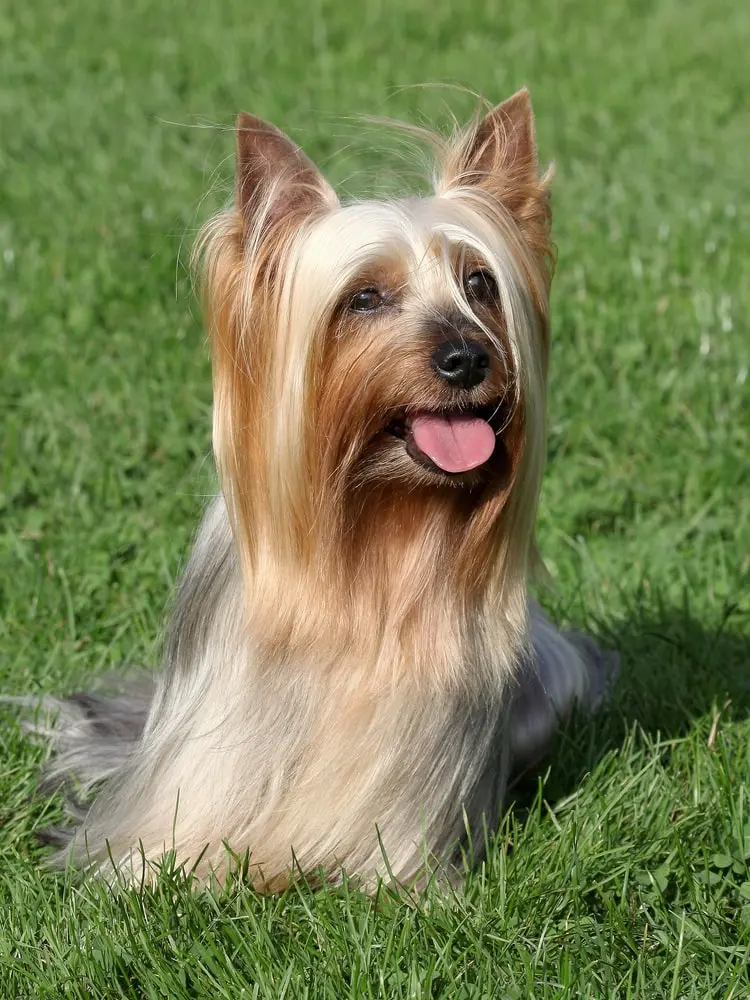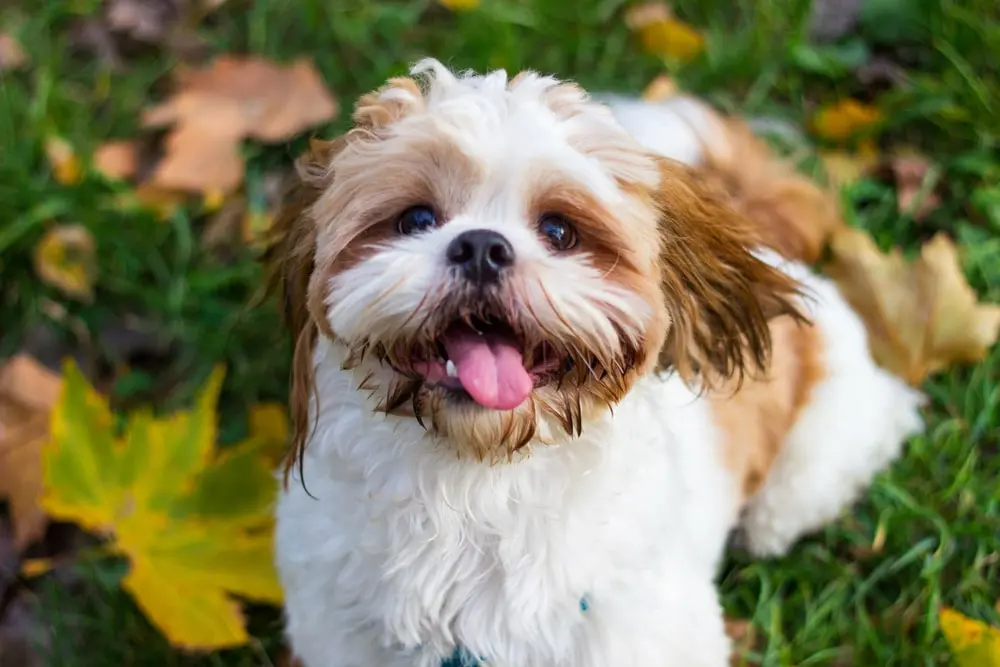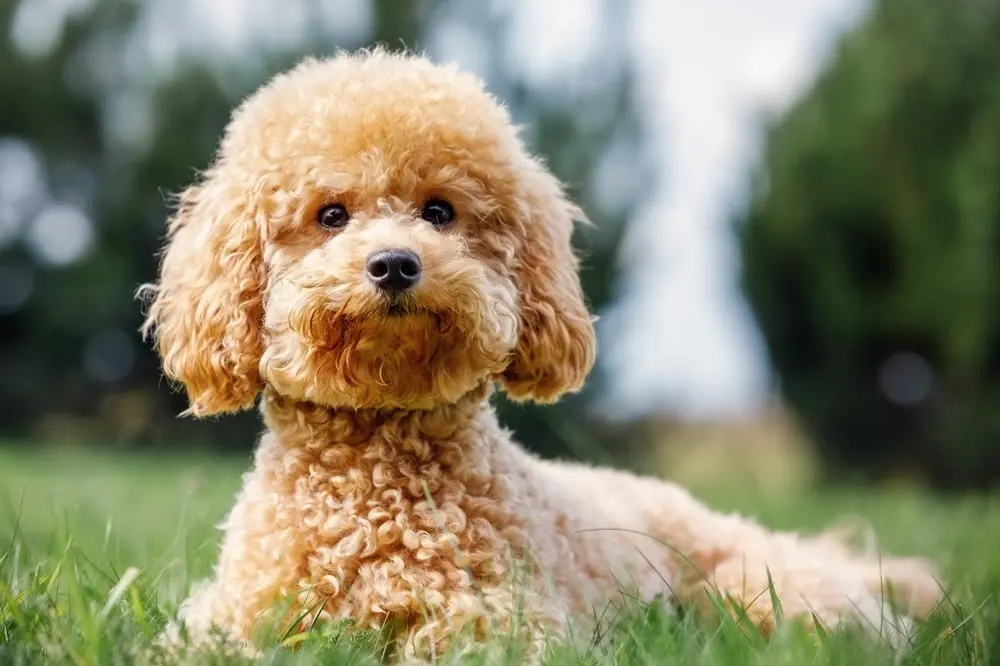
Small Low-Shedding Dog Breeds
Looking for a dog breed that doesn’t shed? Pet Insurance Australia investigates the most popular small low-shedding dog breeds.
It is important to remember that all dogs shed to some degree. Whether this is a full-blown seasonal shed that will leave ample hair around your home, to a popular low-shedding breed leaving a few hairs here or there.
However, low-shedding does not mean, low-grooming. In fact; it can actually mean the complete opposite. It’s important to look at the below grooming requirements for your chosen low-shedding small breed as this can fluctuate from a once a week brush, to daily grooming or calling in the professionals every six to eight weeks.
Hypoallergenic Dog Breeds?
When it comes to human allergies it is vial you check with your doctor exactly what the allergy is. Many of those suffering from dog allergies are actually allergic to dander (skin) and even dog saliva, so purchasing a pup that has limited shedding may not stop your allergies. It’s best to get a clear picture of your exact allergies. Also visit the breeder and have as much interaction with your chosen breed as possible before purchasing.
Also see: popular low shedding dog breeds
Medium size, low-shedding dog breeds
Large, low shedding dog breeds
understanding dog breeds
Small Dogs That Don’t Shed
1. Australian Silky Terrier
This striking and popular breed will require regular grooming to keep their lush flowing hair in top condition. Being a single coated breed, they do not require long grooming sessions but will need a good brush three times per week to keep the knots and tangles at bay and to brush free any dirt from the coat. Many owners opt to have their Australian Silky Terriers professional groomed to help with the cutting and clipping of the hair. They are a low-shedding breed that are popular in many homes around the world.

2. Bedlington Terrier
This hardy and energetic breed are a perfect addition to those homes who do not want masses of hair. They are a low shedding and easy to care for. They do not need to be ‘stripped’ like most Terrier coats, however they will require a good comb at least once a week to keep the coat matt free and also remove any trapped dirt. These dogs need to be professionally groomed as they will require clipping and face trimming with scissors. If you wish to take on this task; ask your groomer or breeder for some top advice on what tools you need and how to safely groom your pup. Your pup should be introduced to the clippers at an early age.

3. Bichon Frise
This little white wonder is certainly a crowd favourite, and it’s no surprise with their outgoing and loveable nature. It’s essential to keep in mind that the Bichon does shed, but these hairs become trapped in the undercoat. Therefore, owners need to groom their dogs to eliminate the dead hair rather than relying on it to fall out naturally. This breed has a double coat, so establishing a proper grooming routine during puppyhood is crucial to prevent painful mats and tangles. Brushing a few times a week will maintain the coat’s condition. Always make sure to remove all mats and tangles before bathing, as they become almost impossible to eliminate when the coat is wet.

4. Brussels Griffon
This affectionate and lively little dog is also typically known as a low-shedding breed. They will require weekly brushing to remove dead hair and most owners call in the experts every six months to strip the coat which involves gently plucking the hairs to allow the new coat to grow through. This process will reduce the shedding. Some owners opt to clip their dogs completely however it’s important to note that if you do decide to clip, your pup will shed more as the wiry coat will not trap the dead hairs.

5. Chinese Crested
Depending to the type of Chinese Crested, will depend on the grooming requirements. The Hairless is completely bald except for hair on the feet, head and tail. It’s good to remember that even though hair will not be a problem, the skin will need to be bathed frequently to protect against infections. The Powderpuff Cresteds do require a decent amount of grooming. They have a double coat and will need to be brushed twice per week to remove dead hair and protect against tangles.

6. Havanese
This adorable little dog will require grooming, but the task will vary depending on if wish to keep the traditional showdog look or not. The coat is thick, soft and light and isn’t’ known for heavy shedding. Many owners opt to completely clip their pups, making coat care much easier. However, if you have chosen to keep the coat long it will require daily grooming to keep it free from knots and looking its best. These dogs will need professional grooming.

7. Italian Greyhound
The stunning Italian Greyhound is a wash and go breed that sheds very little. They need a brush with a rubber mitt weekly to remove any dead hair and dirt, and only bathed when required. Simple, easy and beautiful.

8. Maltese
This popular and stunning breed does require grooming on a weekly basis. They do not have a double coat, however their long flowing coats can matt and tangle very easily so daily grooming is important. Never pull a mat out as you will most certainly hurt your dog. Ask your groomer how to best remove small matts and ask for professional help if they are large and causing pain. Regular grooming can prevent matts from becoming a problem with your dog. The hair in their ears will also need to be stripped and many owners opt the help of a professional groomer to help.

9. Shih Tzu
This ‘Little Lion’ certainly has a stunning coat. But like many low-shedding dogs, they will require a good amount of grooming to keep them looking good. Daily brushing and combing are required, particularly if you are keeping the long locks. Many owners opt to shave their wee Shih Tuz’s to make grooming easier. Clipping is required every six to eight weeks to keep your precious pups coat looking good.

10. Toy Poodle
The king of the low-shedding breeds the Poodle is certainly a favourite amongst those looking for less hair floating around their homes. However, like many low-shedders their coat requires a lot of work and dedication from their owners to keep it looking good and feeling healthy. Poodle owners need to clip and trim the curly, wiry, and dense hair regularly, and most of them choose professional grooming every six to eight weeks.

TOP TIPS FOR GROOMING
1. Start young – teach your puppy that regular grooming is a fun and enjoyable experience. Early grooming can also help desensitize your pet to touch on their paws, face, ears ad mouth. This will make visiting the vet for an examination easy and stress free.
2. Short quick sessions – keep grooming sessions short and gradually build up the time. If you notice your pup is becoming agitated stop and start again later down the track. Go at your pup’s pace.
3. Praise – ensure you praise your pup for nice calm behaviour during grooming. Think a fun game with their favourite toy or a yummy treat.
4. Regular – make grooming a regular exercise and not just a means to remove painful matts or knots. Your pet should view the brush as an enjoyable experience.
5. Tools – get the correct tools for the job. Wire coats, curly coats and short coats will require different brushes to keep their coats in top condition.
Get the latest Pet Insider Tips & News
We offer award-winning* pet insurance policies to protect your furry friend’s health and wellbeing. Get a quote today and give your pets the care they deserve.
Archives
Categories
- Cat Care (66)
- Cats (3)
- Dog Care (130)
- Guides (29)
- Health and Nutrition (202)
- Lifestyle and Activities (221)
- Media Release (38)
- Pet Care (254)
- Rescue Dogs (1)

